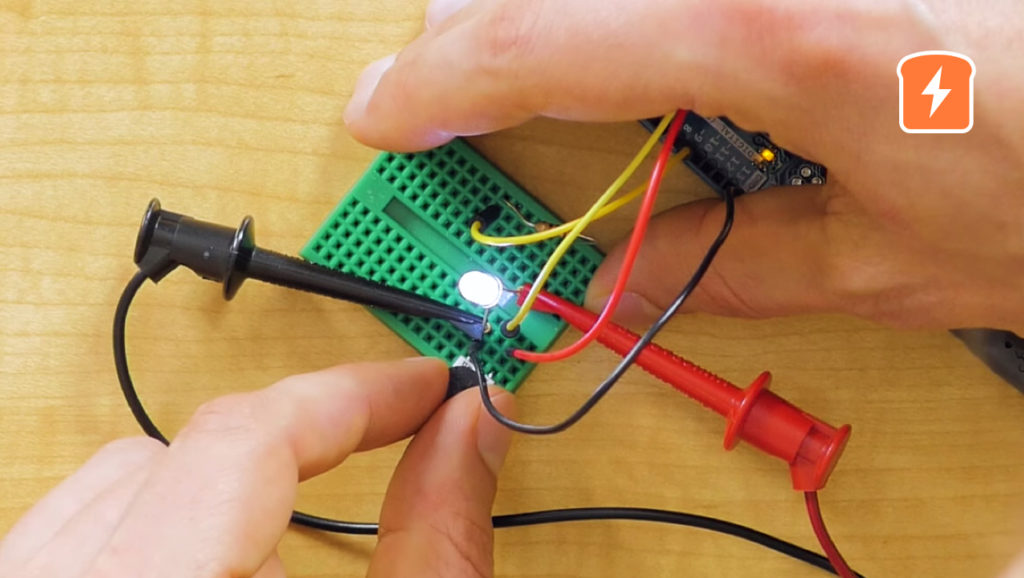Distortion
An undesired change in the signal's waveform after it passes through a device or a system.
Distortion can occur because the device characteristic is not linear or because the circuit elements and devices respond to the input signal differently at various frequencies. When distortion occurs, the output will not be an exact duplicate (except for magnitude) of the input signal.
Electronic Devices and Circuit Theory, 11th Edition by Robert L. Boylestad & Louis Nashelsky
Distortion is the alteration of the original shape (or other characteristic) of something. In communications and electronics it means the alteration of the waveform of an information-bearing signal, such as an audio signal representing sound or a video signal representing images, in an electronic device or communication channel.
Distortion is usually unwanted, and so engineers strive to eliminate or minimize it. In some situations, however, distortion may be desirable. For example, in FM broadcasting and noise reduction systems like the Dolby system, an audio signal is deliberately distorted in ways that emphasize aspects of the signal that are subject to electrical noise, then it is symmetrically "undistorted" after passing through a noisy communication channel, reducing the noise in the signal. Distortion is also used as a musical effect, particularly with electric guitars.
The addition of noise or other outside signals (hum, interference) is not considered distortion, though the effects of quantization distortion are sometimes included in noise. Quality measures that reflect both noise and distortion include the signal-to-noise and distortion (SINAD) ratio and total harmonic distortion plus noise (THD+N).









